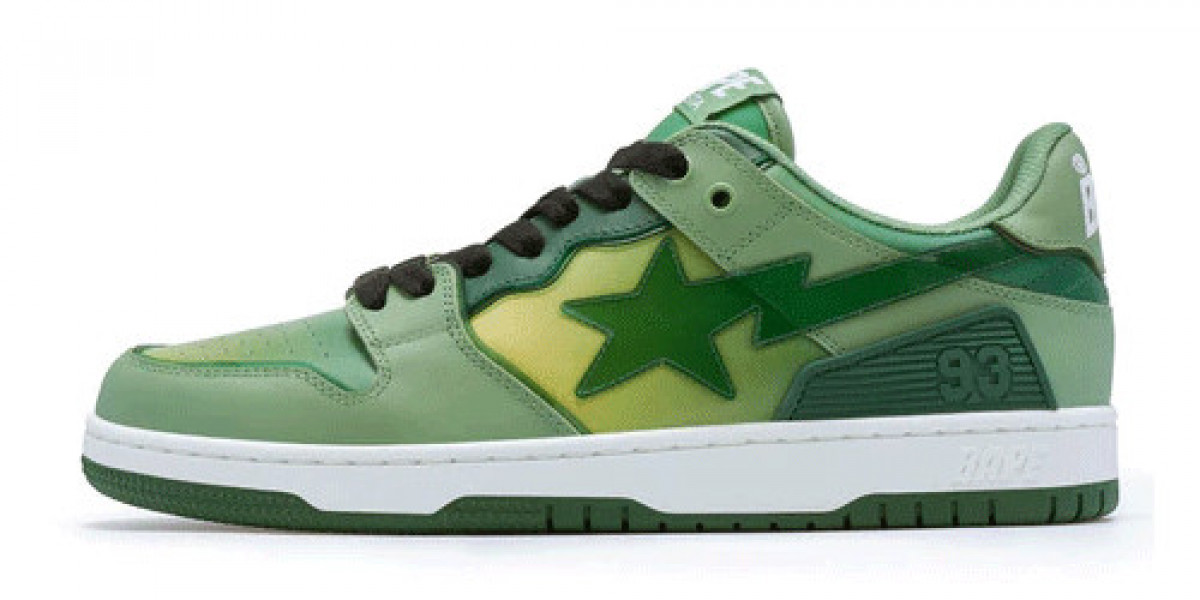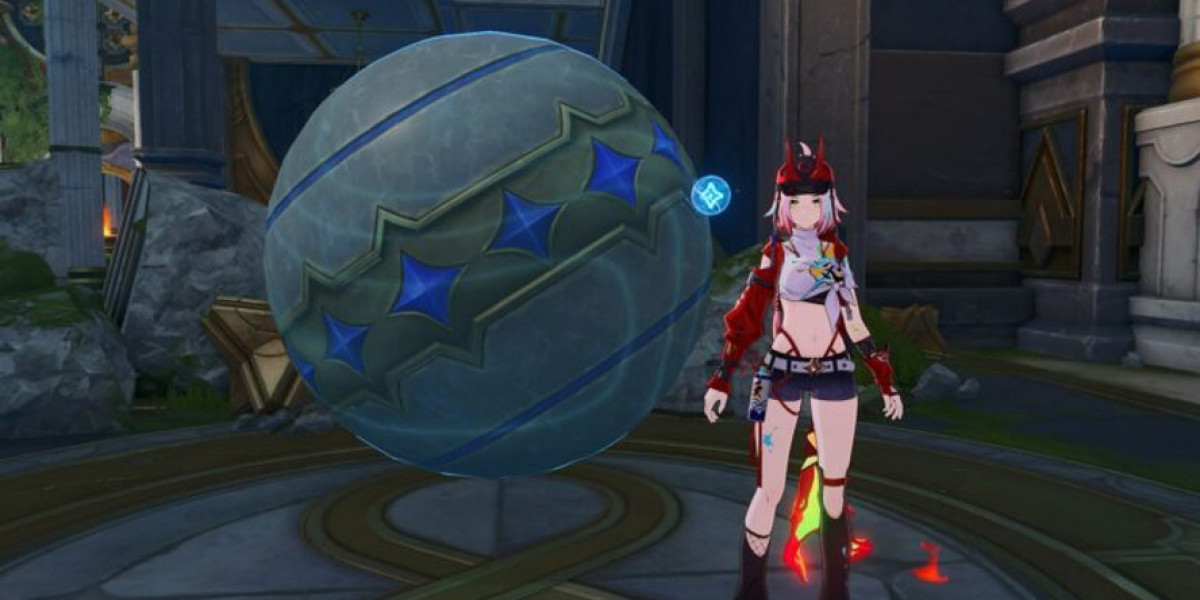Bapesta is more than just a sneaker. It’s a statement piece, a cultural artifact, and a defining product in the world of streetwear. Born from the vision of Nigo, the founder of A Bathing Ape (BAPE), Bapesta quickly carved out a unique identity in a landscape dominated by heavyweights like Nike and Adidas. In this deep dive, we explore the origins, design evolution, cultural relevance, and future of the Bapesta sneaker — a symbol of bold individuality and streetwear prestige.
The Origins of Bapesta: Where Streetwear Meets Pop Culture
In the early 2000s, when sneaker culture was rapidly expanding beyond basketball courts and into music videos and fashion runways, Bapesta entered the scene as a disruptive force. Introduced by BAPE, the Japanese streetwear label founded in 1993 by Nigo, the Bapesta was first released in 2002. Heavily inspired by the Nike Air Force 1 silhouette, the Bapesta carried similar lines and paneling but with unmistakably different detailing.
Instead of the Swoosh, the Bapesta features a bold, lightning bolt star — known as the “STA” logo — a visual twist that set it apart. While many accused the shoe of being a knockoff, fans embraced it as a tribute, a reinterpretation that reflected the remix culture of hip-hop and streetwear. Nigo, much like a DJ, didn’t copy — he sampled and created something entirely fresh.
Design Aesthetics: Loud Colors, Glossy Finishes, and the Signature Star
What made Bapesta stand out was not just its shape, but its unapologetic use of color and material. Early models featured patent leather uppers in vibrant, often clashing colorways. From candy pinks to electric blues, every release screamed attention. The gloss finish was a hallmark of early Bapesta models, giving them a futuristic and almost toy-like appearance.
The iconic star logo, often outlined in white or metallic trim, added to the visual flair. Over the years, BAPE released numerous versions with custom patterns, camo prints, and collaborations with artists, brands, and musicians. Every detail — from the thick laces to the embossed heel tab — felt deliberate and aligned with the brand’s maximalist design ethos.
Bapesta in Hip-Hop and Celebrity Culture
Bapesta gained global recognition thanks in part to hip-hop. During the early-to-mid 2000s, artists like Pharrell Williams, Kanye West, and Soulja Boy became unofficial ambassadors of the shoe. Pharrell’s friendship with Nigo led to the co-founding of Billionaire Boys Club and Ice Cream, both of which drew heavily from BAPE’s visual language. Kanye West, before creating Yeezy, wore Bapestas regularly, even releasing his own "College Dropout" edition.
Soulja Boy’s 2007 viral hit “Crank That” mentioned Bapestas by name, further pushing the shoe into the mainstream. The sneaker wasn’t just footwear; it was a badge of cultural capital. It told the world you were in-the-know, part of an elite circle of style-setters and tastemakers.
The Role of Exclusivity and Limited Drops
A big part of Bapesta’s appeal lies in its scarcity. BAPE has always embraced the "drop" model — limited releases that create urgency and excitement. This strategy not only increased the shoe’s value on the resale market but also ensured its status as a coveted item among collectors.
Bapestas weren’t available everywhere, especially in the U.S. during the early days. Getting your hands on a pair often meant traveling overseas or knowing someone plugged into the Tokyo streetwear scene. This exclusivity helped foster a sense of mystique around the brand, which still exists today.
Bapesta Collaborations: When Art Meets Fashion
BAPE’s collaborative approach has led to some of the most memorable Bapesta releases in sneaker history. Collaborations with Marvel, DC Comics, SpongeBob SquarePants, and Hello Kitty added a pop-culture spin to the shoe’s already playful identity. Meanwhile, co-branded versions with streetwear brands like Stüssy, Undefeated, and even Kanye’s Dropout Bear brought in new audiences.
Each collaboration was a curated event, not just a mashup of logos. These designs often featured custom insoles, packaging, and color palettes, reflecting the essence of the collaborator while staying true to BAPE’s DNA. It blurred the line between fashion, art, and fan culture.
Evolution of the Bapesta: From Trendy to Timeless
Like all streetwear trends, Bapesta had its ebb and flow. After its initial explosion in the mid-2000s, the hype cooled slightly as new brands and silhouettes emerged. But the sneaker never truly disappeared — it lingered in fashion archives and collector closets, quietly biding its time.
In recent years, the Bapesta has made a powerful comeback. As Y2K aesthetics returned to fashion, and vintage BAPE gear became a goldmine for resellers, the Bapesta re-emerged with updated designs, improved materials, and new collaborators. The modern iterations maintain the spirit of the original while adapting to today’s sneaker sensibilities.
The Bapesta Legacy: More Than a Shoe
What makes Bapesta iconic isn’t just its design — it’s the story it tells. It represents a collision of East and West, where Tokyo’s Harajuku district meets New York’s SoHo. It speaks to the fusion of fashion, music, and street culture — a preview of the interconnected world we live in today.
Bapesta isn’t about minimalism or subtlety. It’s about identity, visibility, and expression. For fans and collectors, it’s a reminder of an era when sneakers began to transcend sport and became central to lifestyle and fashion.
How to Style Bapestas in 2025
Today’s Bapesta isn’t just for diehard collectors. It fits seamlessly into modern wardrobes, especially as bold sneakers come back into focus. Pair them with oversized cargos, relaxed denim, or even tailored streetwear. Let them shine — the Bapesta is built to be the centerpiece of any outfit.
With fashion circles leaning more toward nostalgia and personality, Bapestas offer the perfect throwback with forward-thinking flair. Whether you're wearing a classic red patent pair or a new limited collab, the sneaker still delivers an unmatched punch.
Final Thoughts: Why Bapesta Still Matters
In a saturated sneaker market, standing out is harder than ever. Yet Bapesta continues to thrive, not just on legacy, but on constant reinvention. It captures the spirit of streetwear — bold, exclusive, artistic, and undeniably cool. More than 20 years since its debut, the Bapesta is still relevant because it refuses to be anything but authentic.








